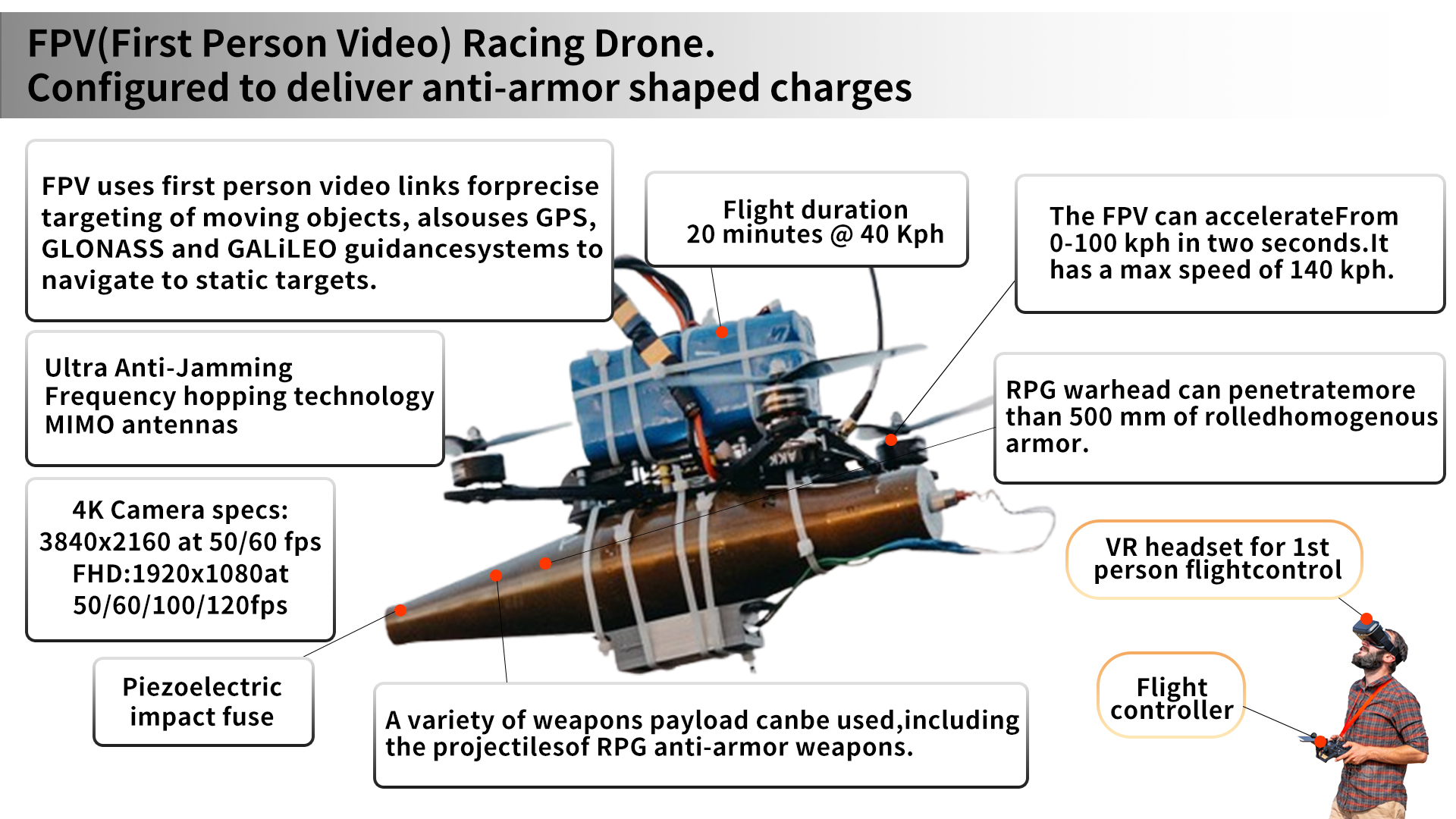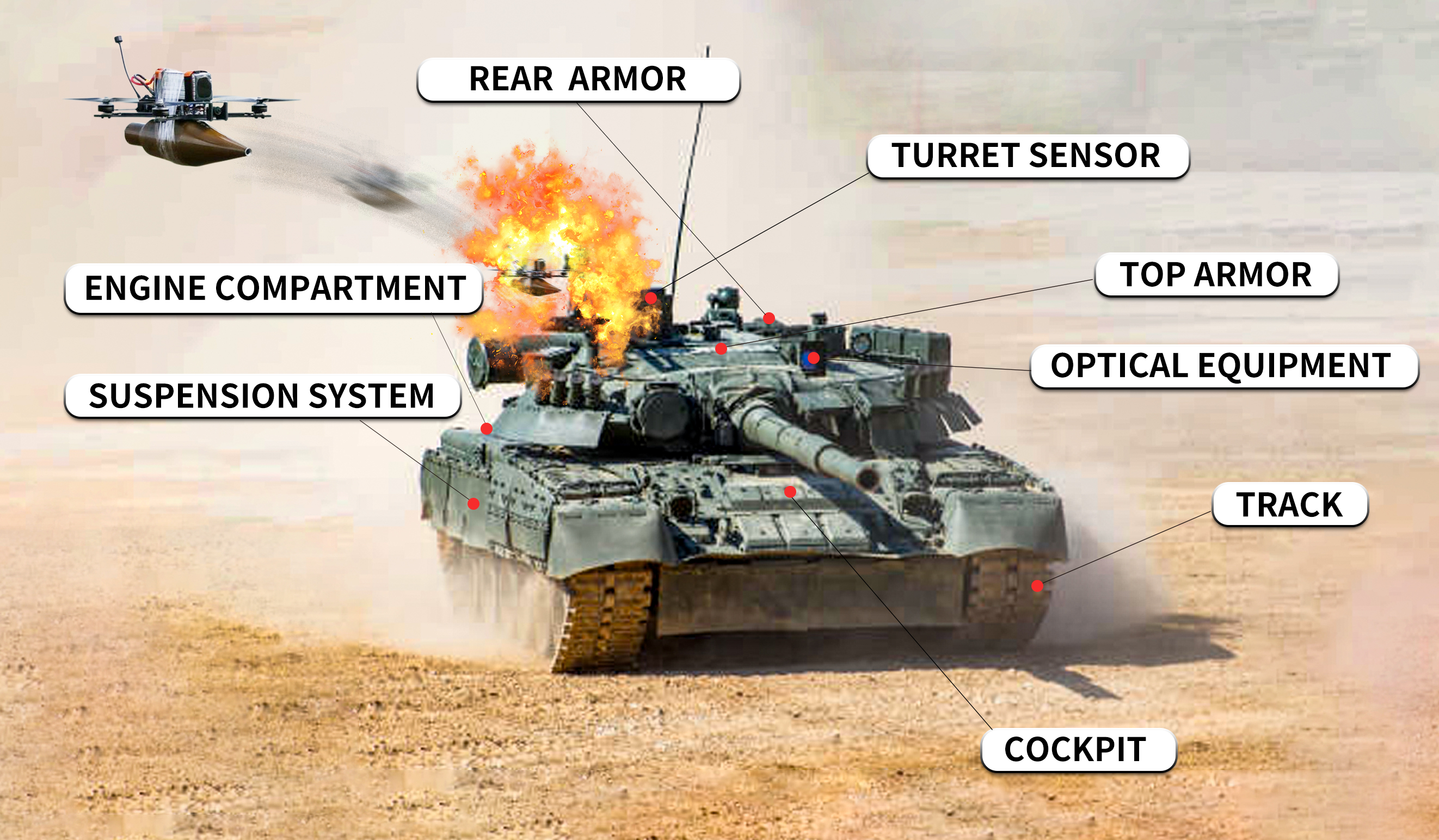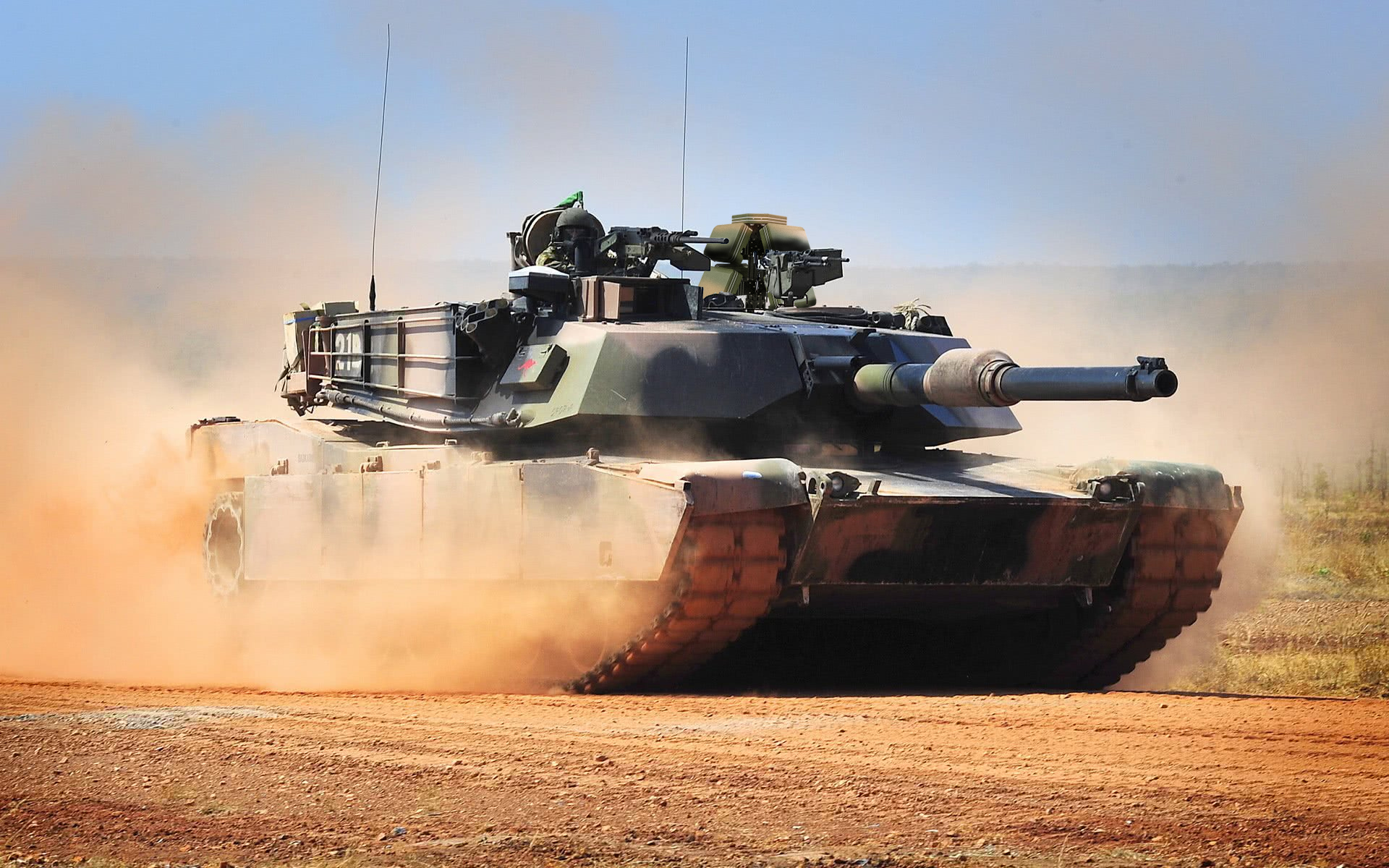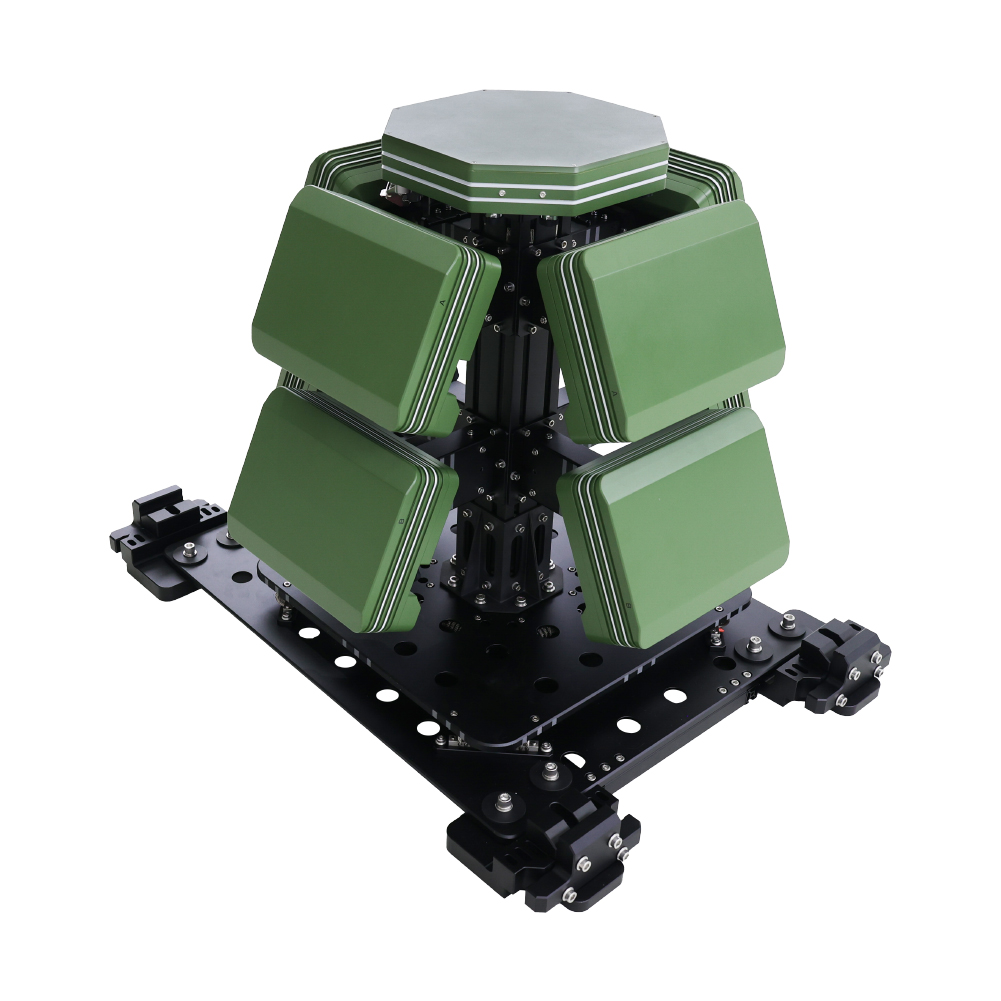2025-04-27 11:44
Compared with traditional anti-armor weapons, FPV drones feature low cost, high mobility, and ultra-precision. According to data released by Ukraine’s 47th Independent Mechanized Brigade: “In a single month, FPV drones destroyed over 250 Russian targets, including 58 tanks and 91 armored vehicles.”

Operators control the drone in real time via head-mounted displays, allowing precise targeting of the most vulnerable parts of tanks:
Top Armor: The top armor of main battle tanks is usually only 20–50mm thick—an ideal angle of attack;
Engine Compartment & Rear Exhaust: A hit can disable the entire vehicle;
Tracks and Suspension System: Immobilizes the tank, turning it into a "sitting duck";
Optoelectronic systems, radar, and turret sensors: Causes "blindness" and loss of combat capability.

On the Ukrainian frontlines, numerous videos show FPVs precisely striking the tops of Russian T-72 and T-80 tanks, triggering internal ammunition explosions and the so-called “tank jumping” phenomenon. Some FPVs, even after losing video signal, can still cause significant destruction due to inertia. In 2023 alone, there were dozens of incidents on the Russia-Ukraine battlefield where FPVs hit targets and detonated ammo or fuel tanks even after losing signal.
To address this threat, the AT-625 was developed. Leveraging SDR (Software Defined Radio) technology, it can effectively block control signals, video transmission signals, and navigation signals from FPVs and UAVs—forcing enemy drones to crash immediately within a 2km dome. It provides continuous protection for the convoy.

Meanwhile, as vehicles continue to advance on the frontlines, the AT-625 can be quickly deployed to offer lasting protection for forward camps and ammunition depots.
The AT-625 is already in service with military forces.
منتجات ذات صلة













